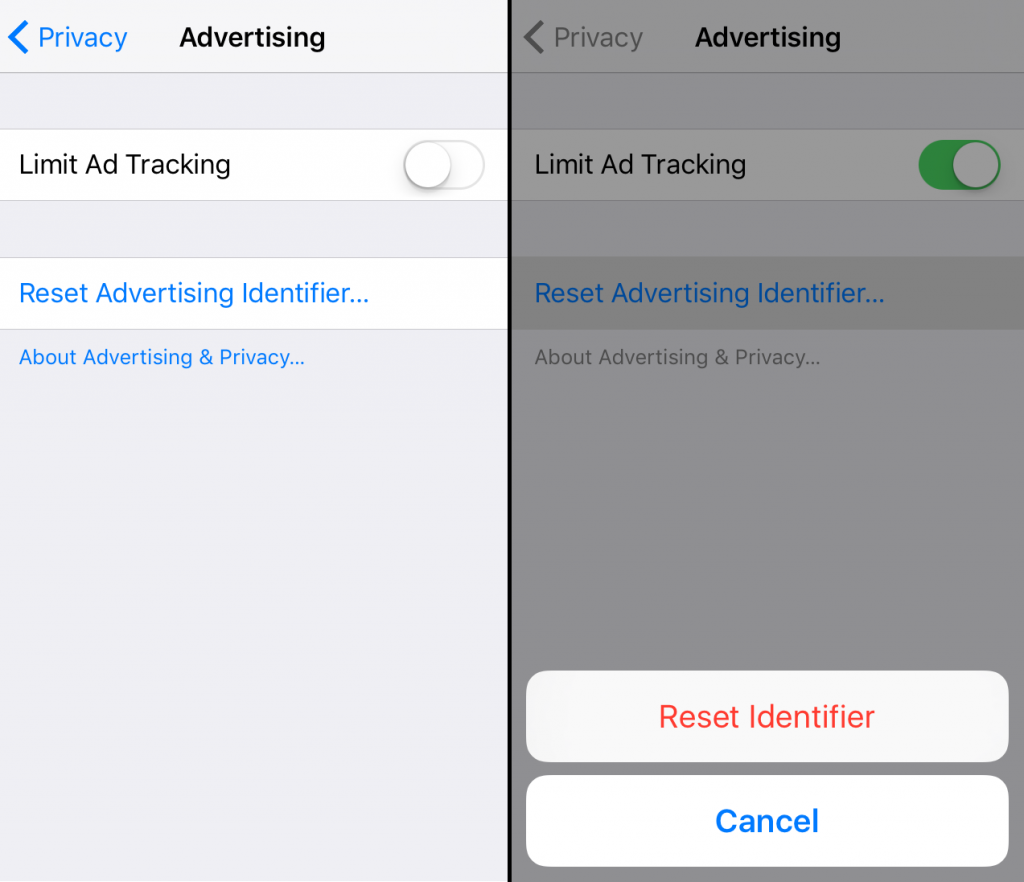The release of iOS 10, the newest version of Apple’s mobile operating system (coming this Fall), will bring an array of new features and upgrades, and a change to the functionality of the “Limit Ad Tracking” privacy setting.
The iPhone operating system allows app developers to target advertisements to app users by using a unique ID number called “Identifier for Advertising” (IDFA or IFA). This advertising identifier functions similarly to the way cookies are used by web browsers, allowing third parties to recognize a user over time and across different apps. In the iPhone’s Privacy Settings, the user can re-set that identifier at any time, and also has the option to select “Limit Ad Tracking.”

In iOS 9 and previous versions, selecting “Limit Ad Tracking” meant that the OS would send a “flag” indicating that that user had enabled the Limit Ad Tracking feature. Upon collecting this flag, developers were required under the Apple Developer Terms to not allow use of the identifier for “targeted” advertising. Most ad networks treated this flag as a user request to opt-out of “behavioral advertising” or “interest based advertising.” Some ad networks continued to target ads based on location or continued to use the ad to help enable cross-device tracking. Other companies treated the flag as a broader opt-out of any targeting and tracking. Apple specifically permitted companies to continue to use the ID for certain limited other uses when Limit ad Tracking was enabled, including “frequency capping, attribution, conversion events, estimating the number of unique users, advertising fraud detection, and debugging.” (iOS Developer Library)
Beginning in iOS 10, when a user enables “Limit Ad Tracking,” the OS will send along the advertising identifier with a new value of “00000000-0000-0000-0000-
The number of users who enable “Limit Ad Tracking” is now at roughly 17% of iPhone users, down from earlier years. Some speculate this is due to users moving on to use ad-blocking.
Apple previously barred tracking using other device identifiers, technically blocking access to most other fixed IDs and restricting use of others by policy. Apps still have access to a unique Vendor ID that they can use for internal purposes. And some apps that register or authenticate users may be able to continue to enable some kinds of tracking or targeting. But it is clear that Apple has turned the Limit Ad Tracking setting into a much more significant privacy option, for users that choose to use it.